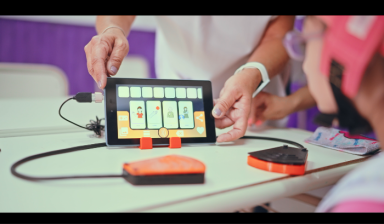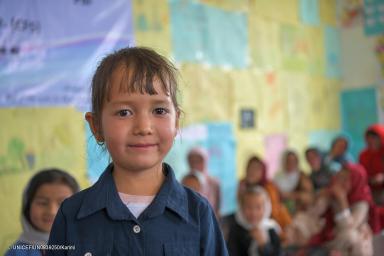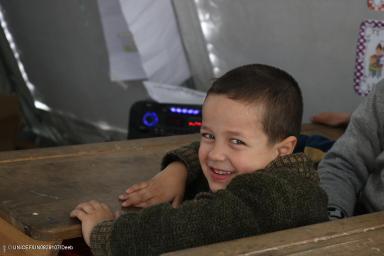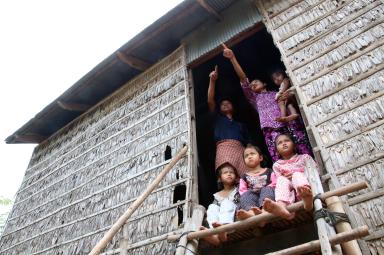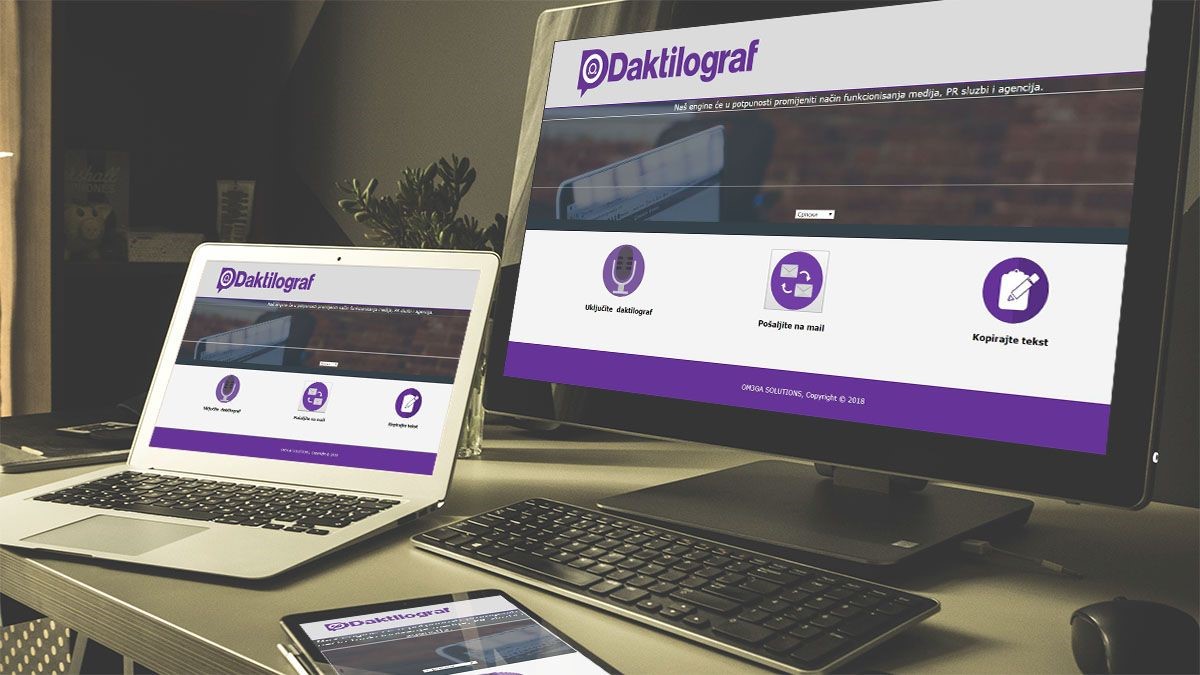What is unique about your solution and how is it different from what currently exists?
Schools in the Balkans traditionally do not have access to an internet connection, especially in rural areas. We believe that virtual assistants, subtitlers, and transcription should be accessible anywhere and not depend on the quality of the devices students use.
There is a very light installation requirement for our software. This means that it can be implemented on a wide range of systems, from an individual old phone to a school's internal system.
Why does being Open Source make your solution better?
Open-source technology allows us to go back to our roots and make STT (speech-to-text) and TTS (text-to-speech) technology accessible to south Slavic-speaking people, enabling others who develop user tools as a basis for further development and encouraging voice commands to be part of every product.
It also provides opportunities for the community to improve the product with knowledge and advice, opening opportunities to expand community support in gathering and improving training materials, community support in the development of new languages, and the use of publicly available materials.
How did you come up with your solution and what inspired you to form your company?
Daktilograf was founded ten years ago as a speech-to-text algorithm integrated into a prototype of a social network for children with special needs. After many updates, it became the independent speech-to-text engine for the Slavic languages.
The team behind this project has worked together for several years. Daktilograf's development wasn't easy since it was an ambitious project. From building and collecting datasets from scratch to our first contracts and clients, our business relations, as well as friendships, were battle-tested in a highly competitive market.
Tell us more about your team. What makes your team diverse?
Our team comes from diverse backgrounds: linguistics, education, software development, online security, advocacy, and journalism.
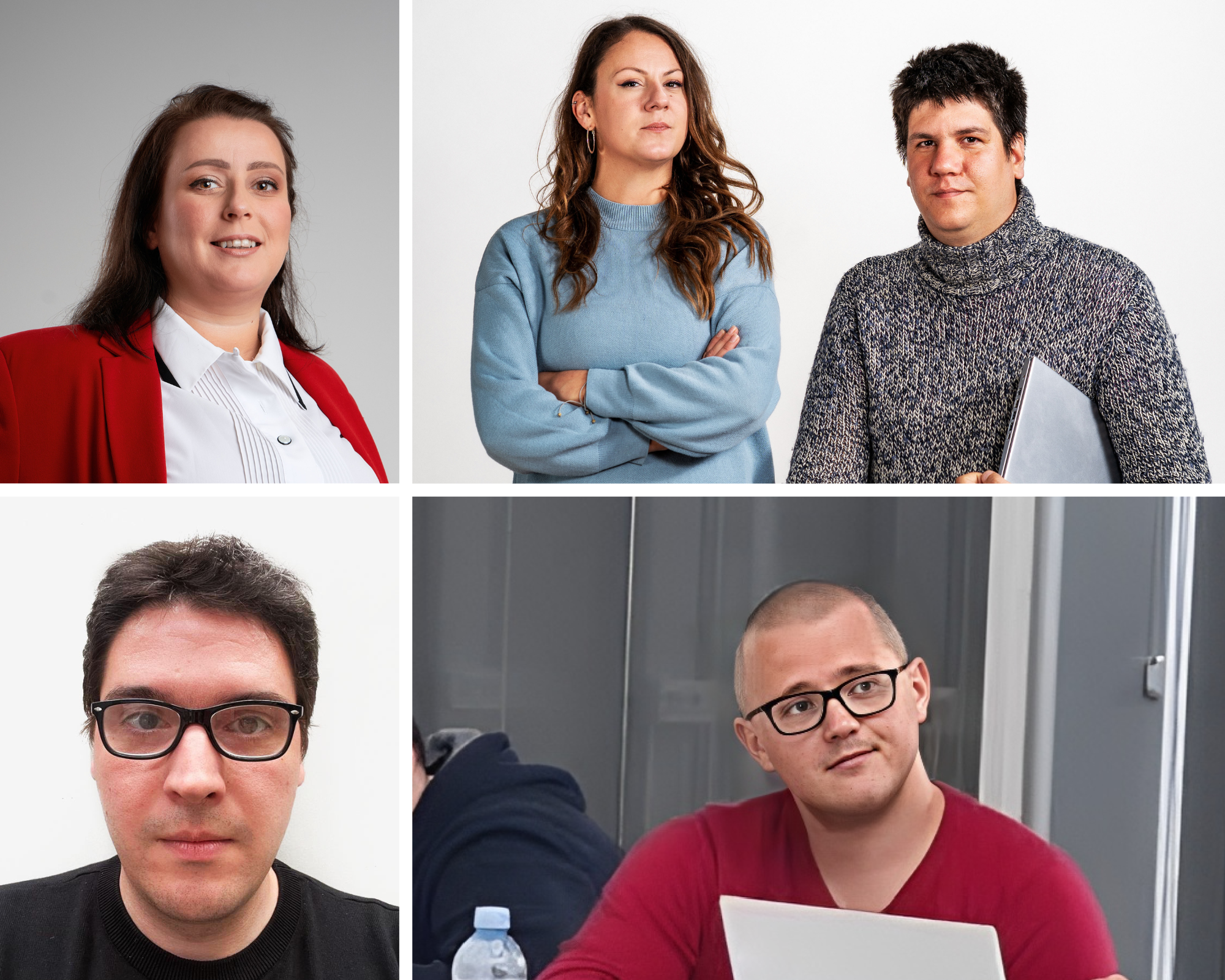
Why is diversity important for your startup? How does it add value?
We believe that diversity generates more innovation daily. Different professional and personal backgrounds give us different perspectives on the same subject, and trust and friendship bring our ideas to success. Additionally, South Slavic languages are rich in dialects and variations, and our team is regionally and linguistically varied. We have team members from Montenegro, Serbia, Bosnia... This means that we’ve covered most of our dialects in our training process.
What do you plan to do with UNICEF’s Venture Fund investment and how will you use that to leverage raising follow-on investment?
With the UNICEF Venture Fund’s investment, we will expand our network and become more visible, and that validation and expansion of our portfolio will help us raise follow-on investment in developing solutions for the market.
What challenges are you currently facing in building your solution and/or startup?
Since we have been working for more than five years on developing our product, during that time we have found that developing such solutions is expensive and demanding. Our biggest challenges were a lack of understanding of the technology in low-digitized countries and a lack of financial support.
How can others support you in working towards overcoming these challenges?
We found that increasing the visibility of the solution leads to more financial support and a better understanding of machine learning technology. One advantage is that there is a broad spectrum of industries where Daktilograf can be used. However, we need more visibility to reach a specific audience of system integrators and developers who can build on top of our solution and speed up digital development.
OM3GA company profile here.
Related Stories

AGUA: Revolutionizing Global Collaboration for Funding Transparency (with Growth Graduate Atix Labs)
